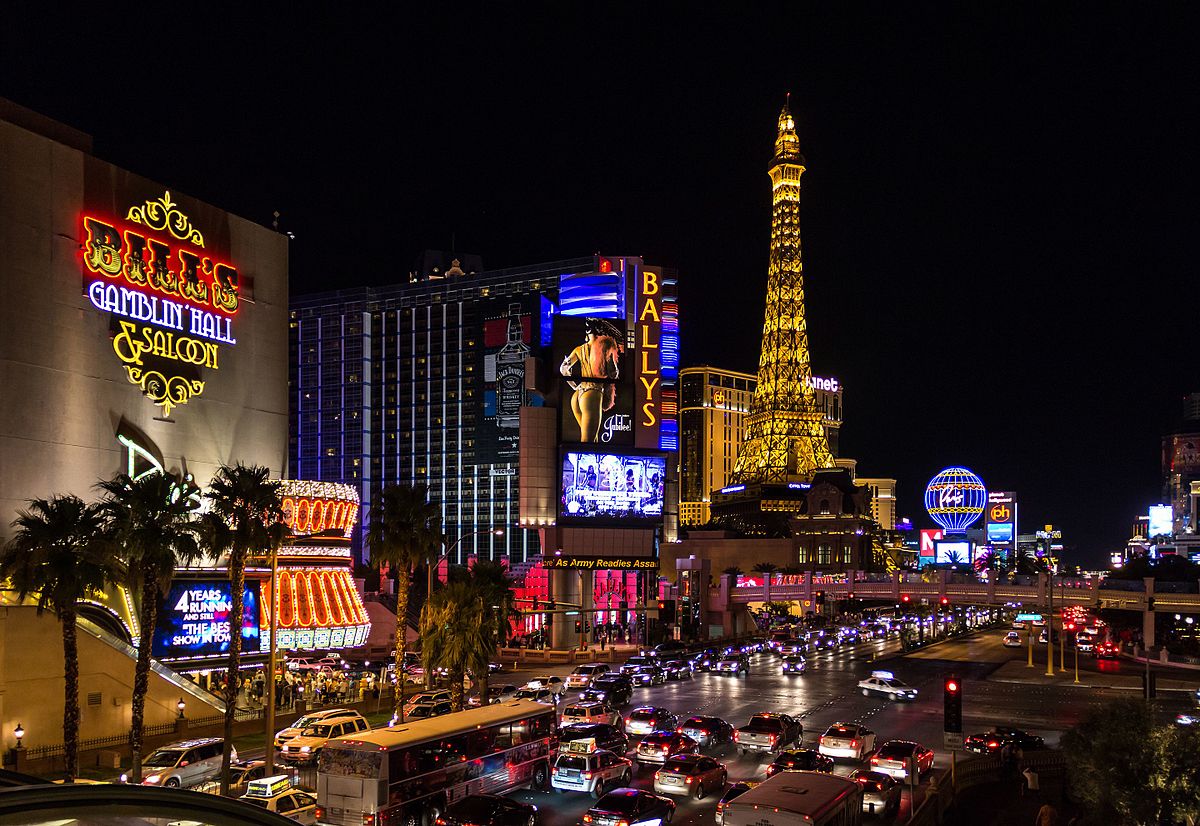When employees feel valued and protected, they are more likely to be engaged and focused on their jobs.
Las Vegas lures millions of visitors to the strip every year with its neon lights, casinos and resorts, and pulsating nightlife. Behind the scenes, however, Sin City is plagued by alarming rates of workplace injuries and accidents, and they frequently fly under the radar.
Employees work 24/7 in the city that never sleeps to create unforgettable experiences for guests from all over the world. Unfortunately, a workplace safety crisis has been brewing in Sin City for decades, and these workers are paying the price for their employers’ disregard for their safety.
By taking a closer look at workplace safety concerns in Las Vegas, and the human toll they have taken on the local workforce, we can work towards improving safety standards for workers.
How Big Is the Workplace Safety Crisis in Las Vegas?
The workplace safety crisis is pervasive in Las Vegas. Although the Bureau of Labor Statistics does not offer information for Las Vegas specifically, it paints a concerning picture with regard to work injuries in Nevada as a whole. According to reports, Nevada had a rate of 3.7 nonfatal workplace injuries per 100 full-time workers in 2022. The national average is just 3.4.
The highest number of fatalities in the state occurred in the private construction industry. In 2022, there were 14 construction worker deaths. Sadly, this is just the tip of the iceberg. A workers’ comp lawyer in Las Vegas will typically see countless claims that involve severe injuries and permanent disabilities as well.
While this data doesn’t pinpoint Las Vegas specifically, it highlights a significant problem within Nevada’s workforce, particularly within the construction industry.
The Human Cost of Workplace Safety Failures
The statistics behind workplace safety failures in Las Vegas paint a grim picture, but the true impact is felt by the workers who are injured, become ill, or even lose their lives on the job. Here are some of the human costs associated with this crisis.
Physical Injuries and Chronic Health Conditions: Many workers suffer debilitating injuries on the job, leading to long-term pain, disability, and lost wages. Workplace exposure to hazardous materials can also cause respiratory problems, skin conditions, and other chronic health issues.
Mental Health Trauma: Workplace violence, stressful work environments, and the fear of injury can take a significant toll on the mental well-being of employees. These factors can lead to anxiety, depression, Post-Traumatic Stress Disorder (PTSD), and other mental health challenges.
Financial Strain: Medical bills, lost wages due to injury or illness, and the inability to work can create a significant financial burden for injured workers and their families. This can lead to debt, strained relationships, and even homelessness.
Loss of Life: The most tragic consequence of workplace safety failures is the loss of life. A workplace fatality can have a significant impact on families especially, but also on co-workers, and the entire community.
Which Industries in Las Vegas Are Most Dangerous?
The danger zone for workers extends far beyond a single industry in Las Vegas. Here’s a breakdown of some of the most dangerous industries in the city.
Construction Industry
The rapidly expanding construction landscape in Las Vegas has created extremely hazardous conditions for road and bridge workers, as well as those who are involved in building new hotels, casinos, and other attractions. Falls, electrocution, falling objects, and exposure to hazardous materials are just some of the dangers workers face daily. Strict enforcement of safety regulations, proper training, and adequate personal protective equipment (PPE) are crucial to prevent tragedies.
Hospitality & Entertainment Industries

While falls and overexertion are significant concerns for housekeepers, waiters, and other hospitality staff, violence against workers is another alarming issue. Las Vegas’ 24/7 nature and focus on entertainment can create situations where workers, particularly those in isolated areas, are vulnerable to assault and harassment. Security protocols, proper training, and de-escalation techniques are essential to protect workers.
Manufacturing Industry
Manufacturing facilities in Las Vegas also pose safety risks. Exposure to hazardous chemicals, repetitive motions leading to injuries, and forklift accidents are major concerns. Proper ventilation, ergonomic assessments, and forklift safety training are critical to mitigate these risks.
What Can Be Done About the Workplace Safety Crisis in Las Vegas?
The time for action is now. By prioritizing workplace safety, Las Vegas can ensure that the bright lights continue to shine for its workers and visitors alike, fostering a thriving and sustainable entertainment capital for the future.
By acknowledging the hidden crisis, raising awareness, and implementing stricter regulations and improved training, Las Vegas can take concrete steps to protect its valuable workforce and create a safer, more responsible work environment for all. This will benefit the physical and mental well-being of employees, as well as the long-term reputation of Las Vegas as a premier tourist destination.
A commitment to worker safety demonstrates a commitment to responsible business practices and creates a more positive image for the city. Visitors deserve a world-class experience, and that experience should be built on a foundation of safety and respect for all workers.
Furthermore, a safer work environment can lead to increased productivity and reduced costs for businesses. When employees feel valued and protected, they are more likely to be engaged and focused on their jobs. This translates to fewer accidents, less downtime, and ultimately, a stronger bottom line.


Join the conversation!